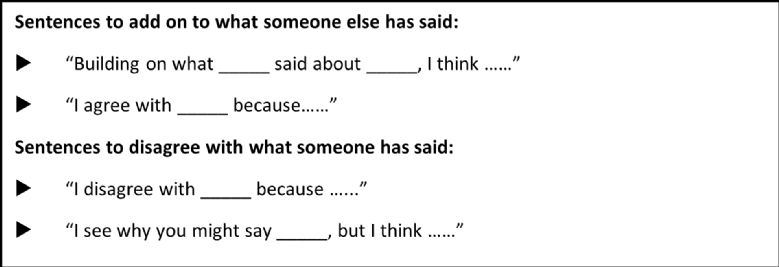October 2021 Blog
Our Literacy plan is a simple three strand approach based on what we consider to be Crookhorn’s biggest areas of need: increasing the engagement with and enjoyment of reading, oracy and the mechanics of writing.
DEAR Time and why it counts.
DEAR Time allows us to expose the lower years to a range of texts, to give them space to share their ideas verbally as well as to listen to the opinions of others. By asking open questions we encourage the students to think and, more importantly, respond by explaining their thinking using because/but/so sentences.
Example question: ‘What do you think we could do to help plastic pollution?’
Student response: I think we could reduce plastic pollution by recycling because it is better to reuse than to make new.
I think we could reduce plastic pollution by recycling but we need to stop buying it in the first place.
I think we could reduce plastic pollution by recycling so we can all help do our bit.
From Autumn 2 we will be starting the class reads during DEAR Time where teachers follow the schedule and read the allocated pages. The updated versions can be found on the Literacy page in Staff Resources: https://crookhorncollege.itslearning.com/ContentArea/ContentArea.aspx?LocationID=65&LocationType=1
- Year 7 – Pax
- Year 8 – Cirque du Freak
- Year 9 – The Extinction Files
Oracy – the importance of dialogue.
Oracy is a term first coined in the 1960s by Andrew Wilkinson and focuses on the ability to express yourself fluently in speech. We want to use dialogue to help students develop their understanding through consistent and meaningful dialogue; listening and responding appropriately, sharing opinions and demonstrating their knowledge.
The 5 step method, Robin Alexander (2008)
1. Rote – transmit knowledge to students by repeating ideas.
2. Recitation – targeted questions to test knowledge, progress and recall.
3. Instruction – tell students what to do and explain key ideas.
4. Discussion – encourage exchange of ideas and information.
5. Dialogue – structured questions and discussion to deepen understanding.
Oral rehearsal builds confidence and helps remove the fear of committing the wrong thing to paper which can be an obstacle to writing. Think-Pair-Share can be an excellent tool as it encourages students to listen to teacher input and then discuss their answers with a partner before group/class feedback to check for misunderstanding or writing down their rehearsed answer. Once students are confident and adept at doing this, we can then introduce this in a wider classroom setting. Sentence stems can be a helpful way to scaffold this structured discussion:

Allowing students the time and freedom to talk to one another can feel uncomfortable at first as it puts the onus on them to stay on task and focused but if we circulate and transition into the role of facilitator, we promote oracy and independence.
The Mechanics of Writing
These are the building blocks of success. Historically, our students have struggled with longer answer questions that require them to organise their ideas in a coherent and concise way with focus on the keywords of the question.
For many subjects, students are expected to support or justify their ideas which is where conjunctions become an important tool. Please look at the example from Technology:

Using conjunctions
Because – But - So
Conjunctions like ‘because’, ‘but’ and ‘so’ let you explain your ideas in more detail to help you get the higher marks by showing what you know.
Stainless steel grade 304 is used for the pivot screw because it is naturally corrosion resistant so will not rust.
Stainless steel grade 304 is used for the pivot screw but if it was a marine environment, we would use 316 as this resists corrosion in salt water.
We use stainless steel in the manufacture of pivot bolts so that we do not need an additional surface finish.

Alongside promoting conjunctions to explore ideas, we are continuing to focus on the basics for punctuation – capital letters and full stops – to instil the importance of accuracy and proof-reading. Consistency is key to success and can be a simple addition to your marking; capital letters for names or starts of sentences are easy to spot and highlight during live marking. I will be undertaking several learning walks this half-term to monitor the impact of our marking focus. Please find the help sheet attached.
Thank you to the staff who have started to embed Literacy in their practice. If you would like further guidance or have any queries or concerns, please don’t hesitate to contact me.
